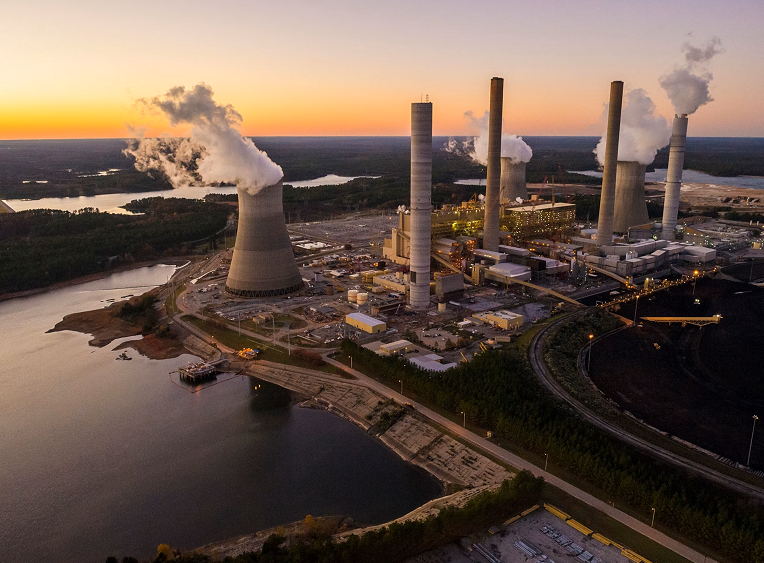Ashwini Kumar Choubey, Minister of State for Environment, Forest and Climate Change, in a reply to a question in Rajya Sabha informed that Government of India stands committed and has taken a number of steps to reduce India’s emission level of greenhouse gases.
Government stands committed to reduce India’s emission level of Green House Gases
National Green Hydrogen Mission aims to make India a global hub for production, utilization and export of Green Hydrogen
Read here: https://t.co/qZxuP1Mchc#ParliamentQuestion pic.twitter.com/cTpjEaLi5d
— PIB India (@PIB_India) March 16, 2023
The five elements enunciated by India at COP26 in Glasgow have been appropriately incorporated in enhanced Nationally Determined Contributions (NDCs) under Paris Agreement and Long-term Low Carbon Development Strategies towards net zero emissions by 2070, in accordance with the principles of equity and Common But Differentiated Responsibilities and Respective Capabilities (CBDR-RC) in light of different National Circumstances.
India’s National Action Plan for Climate Change (NAPCC) provides the policy framework for mitigating and adapting to climate change. The NAPCC represents multifaceted, long-term, and integrated methods. In line with NAPCC, thirty-four states and union territories have prepared their respective State Action Plans on Climate Change.
The Government has taken several measures to promote renewable energy. The National Green Hydrogen Mission has been approved with an aim to make India a global hub for production, utilization and export of Green Hydrogen and its derivatives.
The government has taken a number of steps to assist renewable energy in the nation. With the goal of making India a global hub for the production, use, and export of green hydrogen and its byproducts, the National Green Hydrogen Mission has been given approval.
India has continued to gradually decouple its economic expansion from greenhouse gas emissions. By 2030, Indian Railways alone expects to reduce emissions by 60 million tonnes per year in order to reach its Net Zero goal. Similar to this, India is decreasing emissions by 40 million tonnes a year with a large LED bulb push.
In the power sector, many thermal power plants have adopted the use of efficient technologies in order to improve efficiency, and thereby reducing coal consumption and reducing emissions. 260 units of inefficient and old thermal power generation units have already been retired till 31.12.2022.
The National Bamboo Mission (NBM) of the Department of Agriculture & Farmers Welfare focuses on developing the entire value chain of the bamboo sector to connect growers with consumers beginning with planting material, plantation, creation of facilities for collection, aggregation, processing, and brand-building initiatives.
The Ministry of Environment, Forest and Climate Change (MoEFCC) has notified emission and effluent discharge standards for the polluting industrial units. The compliance of environmental standards by industries is enforced by the respective State pollution Control Boards or Pollution Control Committees.
The installation of an Online Continuous Effluent or Emission Monitoring System (OCEMS) with real-time data linkage to a CPCB server has been ordered by the Central Pollution Control Board (CPCB) for all 17 categories of severely polluting enterprises, it was further reported. A guideline for the avoidance and management of fugitive emissions has also been prepared by the CPCB. The “System & Process for Compliance with Noise Limits for Diesel Generator Sets” was published by CPCB in order to lessen noise pollution.

